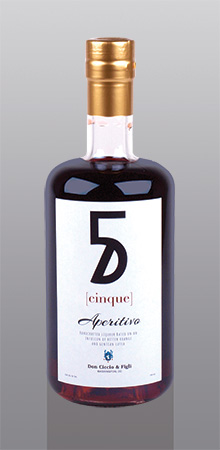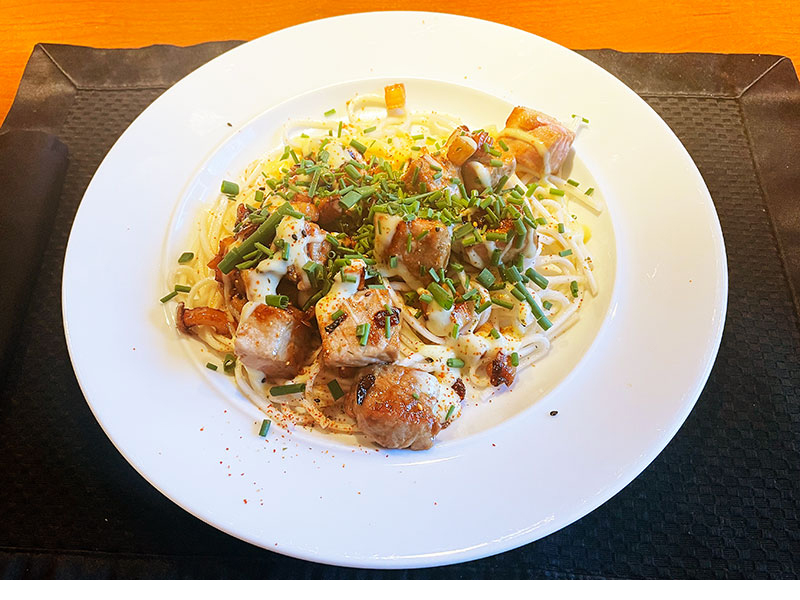
Tuna Pasta
My wife recently came home with a lovely 7 ounce tuna steak. Well, I love tuna, and because of this I thought, “this isn’t going to feed the two of us.” So I began to consider how to stretch it out. The answer? Tuna pasta, Japanese-style!
Serves 2
6 to 8 oz. tuna steak (mine was sushi grade, but that isn’t necessary since it will be cooked)
4 oz. of udon noodles
3 or 4 green onions (scallions)
Lotus root, about 3″ long
2T soy sauce
2T mirin
2T peanut oil (I used ginger-infused oil for a bit of flavor boost)
Chives, chopped fine
Shichimi Togarashi (Japanese hot pepper mix, available in Asian markets, the Asian section of some supermarkets, and online, of course.)
-
- Heat lightly-salted water to boiling in a saucepan large enough to fit the udon noodles easily.
- Peel the lotus root, then rinse under cold water. Slice the lotus root into 1/4″ rounds. then cut the lotus root into 1/4″ dice. Rinse again, then set in a bowl with cold water and splash of vinegar to prevent discoloration.
- Meanwhile, chop the scallions, green parts and all.
- Heat the oil in a 10″ skillet on low, and add the scallions and drained lotus root until slightly softened. Browning is not necessary.
- Cut the tuna into 1/2″ cubes.
- Add the tuna, soy sauce, and mirin to the skillet until the tuna is cooked to medium rare (140 degrees F) and a sauce forms. This will only take two or three minutes. Turn off the heat, but keep the skillet on the burner.
- Cook the udon in the boiling water until not quite al dente. This will vary with the brand of udon, but plan on 2 to 8 minutes. Mine took about 4 minutes.
- Remove the udon with tongs, keeping the water in the saucepan at a low boil, and rinse in a colander under cold water to remove excess starch. Return the udon to the saucepan, bring to a boil, and heat for one minute.
- Drain the udon, place half on each plate, top each plate with half of the tuna mixture from the skillet, garnish with chopped chives, and finish with the shichimi togarashi
Back to blog posts: winervana.com/blog/

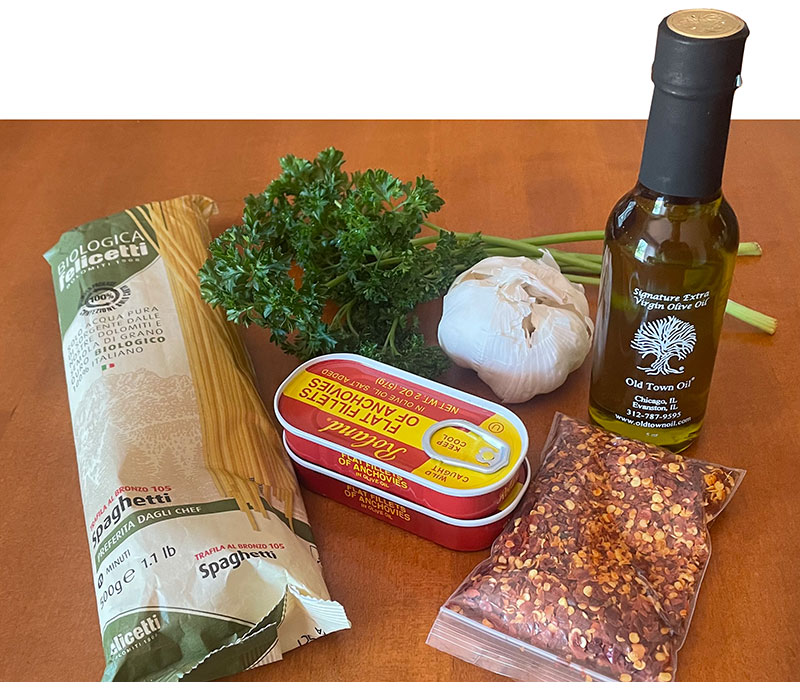 Spaghetti Aglio e Olio
Spaghetti Aglio e Olio
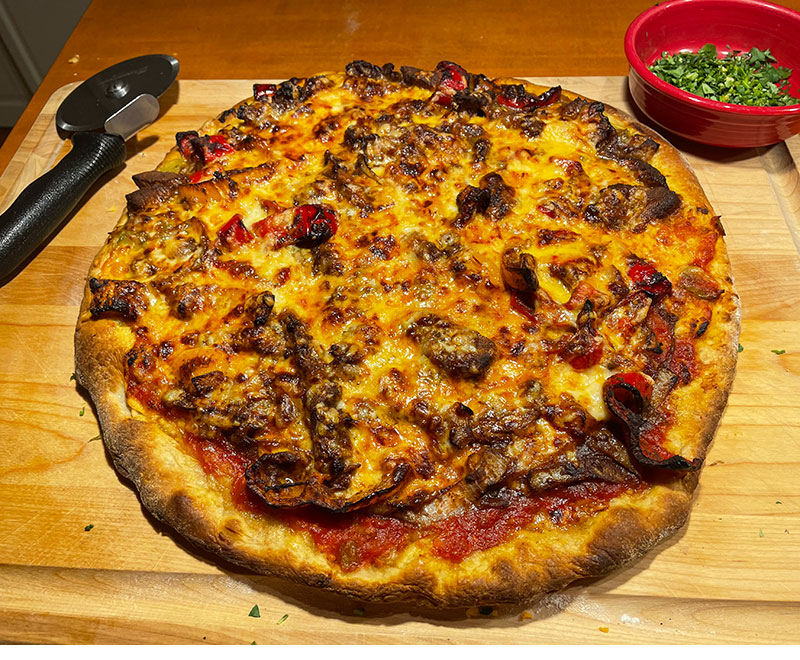

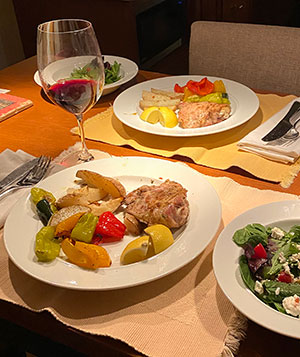
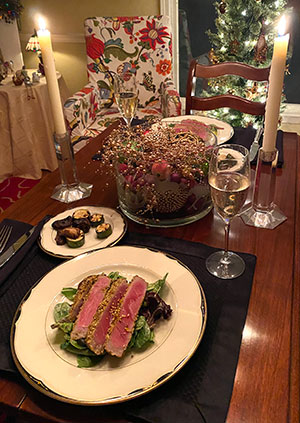
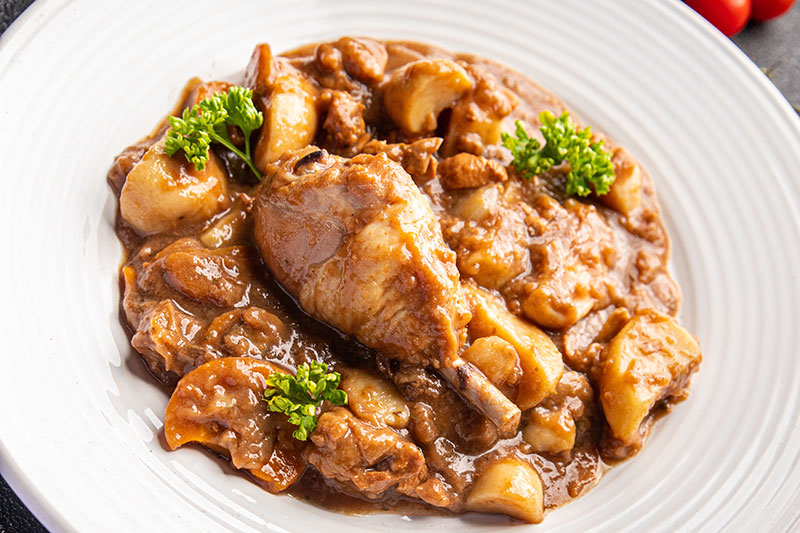
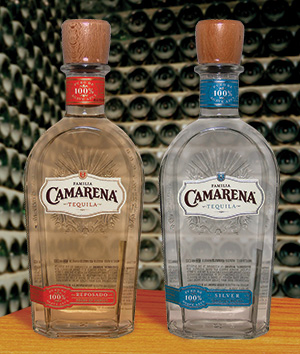 Camarena Tequila
Camarena Tequila
 North Wisconsin Brandy
North Wisconsin Brandy

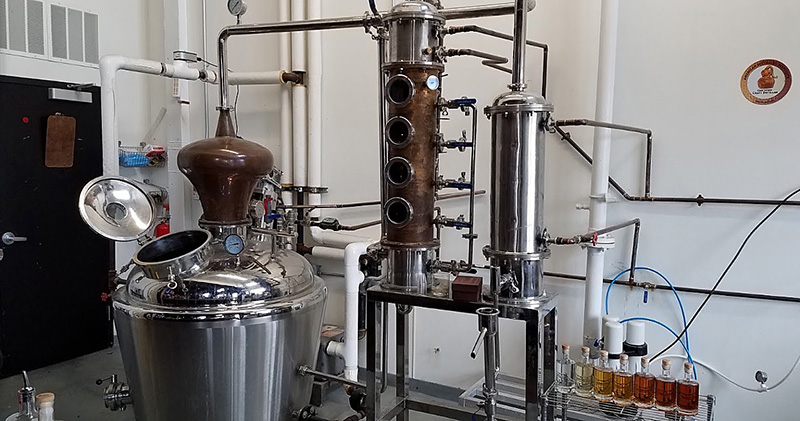
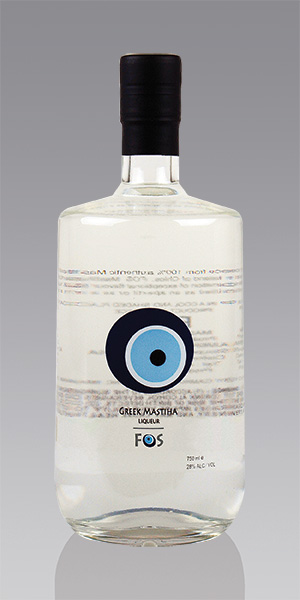
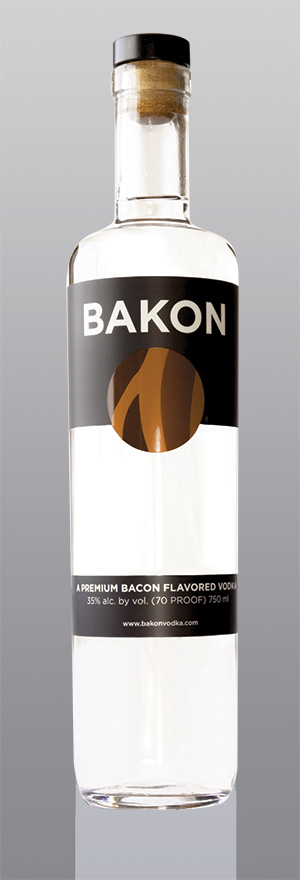 Whenever Homer Simpson wants to relax with something other than Duff beer, my guess is he turns to Bakon Vodka. Yes. Premium vodka infused with the aroma and taste of delicious smokehouse bacon.
Whenever Homer Simpson wants to relax with something other than Duff beer, my guess is he turns to Bakon Vodka. Yes. Premium vodka infused with the aroma and taste of delicious smokehouse bacon.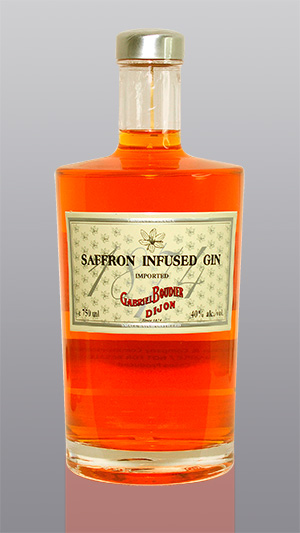 Boudier Saffron Gin
Boudier Saffron Gin